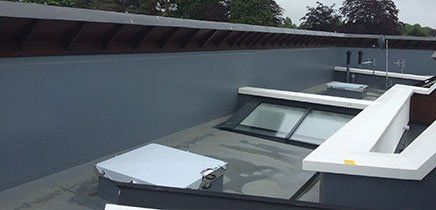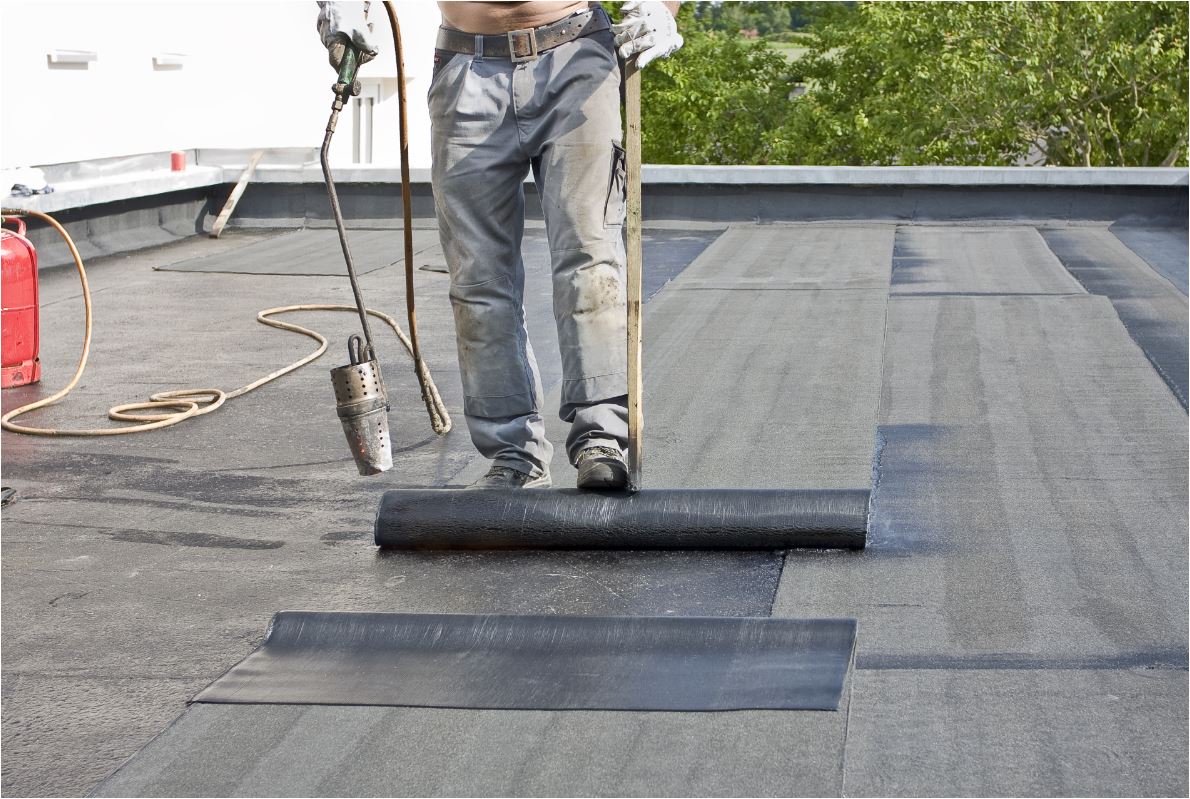A Beginner’s Guide To Lime Mortar
A traditional building material, lime mortar was commonly used as an adhesive or material in most building constructions up until the turn of the 20th century, owing to its strength and flexibility. Since that time, cement has become the predominant force in construction, but now, we’re discovering that the material many thought we had left in the past, may, in fact, be the future. In this beginner’s guide, we take a closer look at lime mortar, how it’s made and why we use it.
Types Of Lime Mortar
Generally speaking, lime mortar is typically composed using traditional lime, sand and water and is available in three major categories:
Hot Mix Lime Mortar
Composed using quicklime, hot mixed lime mortar is well-known to generate a high level of heat during mixing, hence the name, resulting in a compound that’s sticky and lime-rich. Popular among building conservationists, due to hot lime mixing being a popular technique in centuries gone by, hot lime mixed mortar is typically strong but is also well documented to have a low resistance to frost.
Hydraulic Lime
Composed of natural hydraulic lime, (NHL), hydraulic lime mortar provides a good balance of strength and flexibility to suit several different applications. Able to set quickly in damp conditions and reach a tactile strength that prevents frost damage, hydraulic lime mortar is considered the simplest mortar for beginner’s use.
Non-Hydraulic Lime
Composed with non-hydraulic lime, often referred to as “lime-putty”, non-hydraulic lime mortar is incredibly soft, flexible and perfect for the conservation of delicate masonry work. Due to the slow carbonation process, however, it can be left exposed to the impact of cold or frosty conditions, and in extremely damp conditions, it may struggle to carbonate at all.
The Benefits
There are several reasons to use lime mortar, with a host of important benefits to consider:
Building Conservation and Preservation
Due to strict legislation intended to uphold the aesthetic and integrity of listed buildings or buildings in conservation areas, lime mortar is commonly used in the restoration of many projects. Equally, heritage homeowners often choose to use original materials in repair or preservation work, to restore and protect the important period detailing.
Damp Proofing
Due to lime mortar’s breathable composition, it can be extremely useful in the prevention and avoidance of damp build-up and the potentially disastrous consequences. This can be particularly beneficial in older or listed buildings with stone walls.
Structural Movement
As a flexible composition, lime mortar can accommodate a generous capacity of movement, reducing the impact felt by structural movement, i.e - listing, subsidence, bouncy floors and bulging walls.
Eco-Friendly
Lime mortar, (and lime products in general), have a much lower carbon footprint than cement, which is directly responsible for up to 10% of all global Co2 emissions, meaning it’s a far more sustainable material for use in building conservation.
If you’re looking for
lime repointing services across Central Scotland, look no further than
B&D Roofing and Building. We’re proud to offer lime repointing for building restoration, using only the best carefully sourced materials and trusted traditional methods.
Get in touch today.








